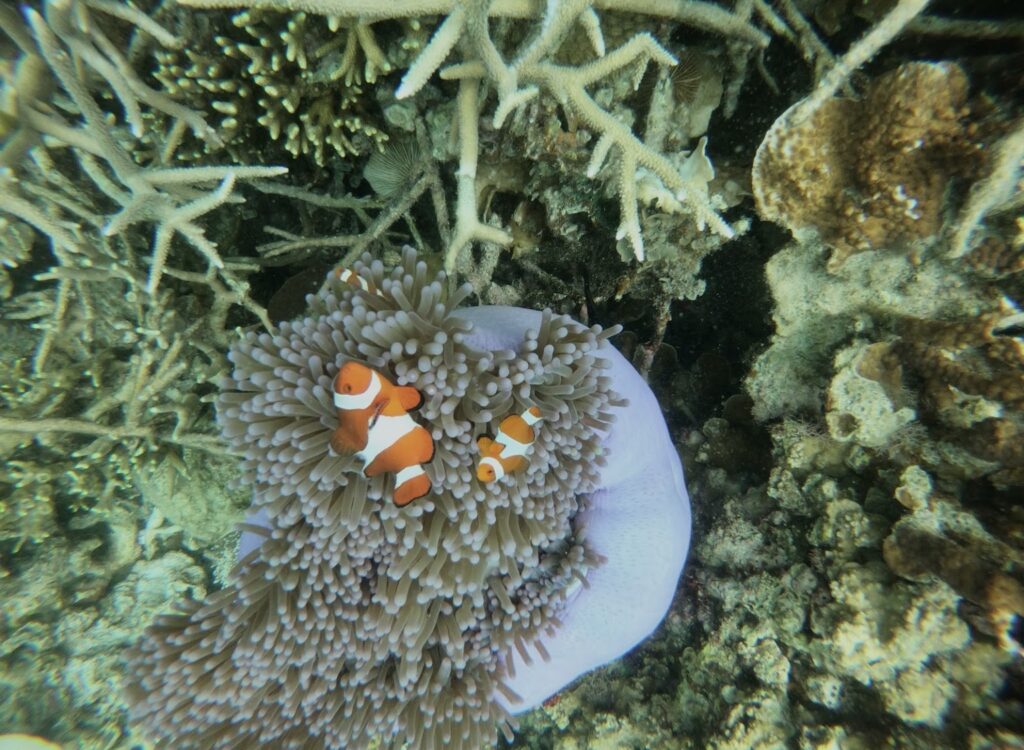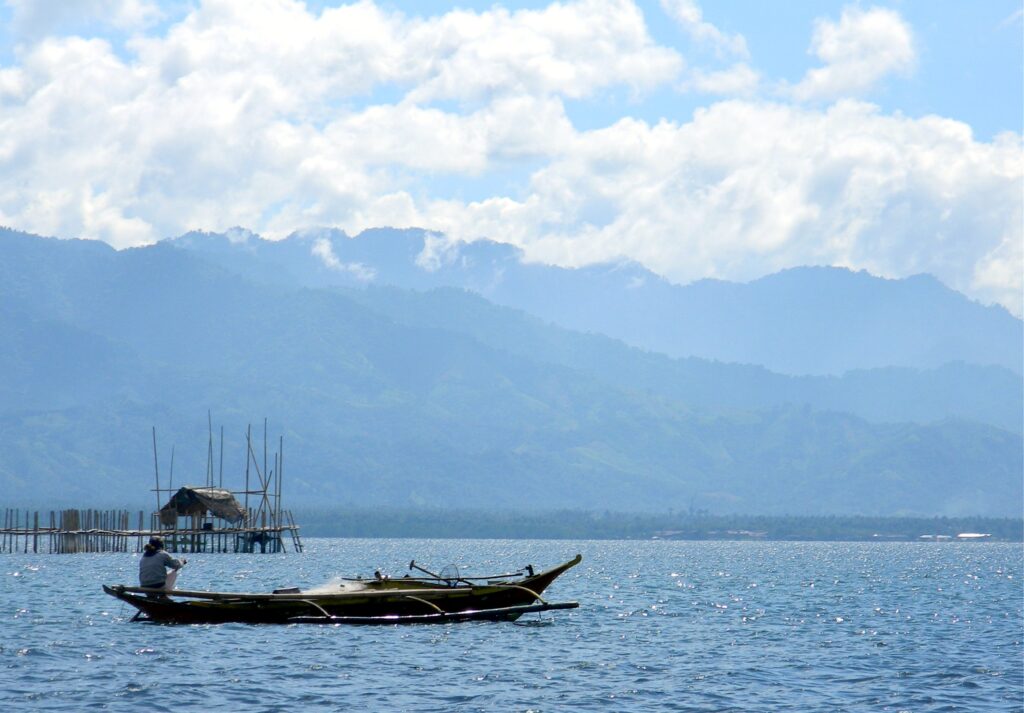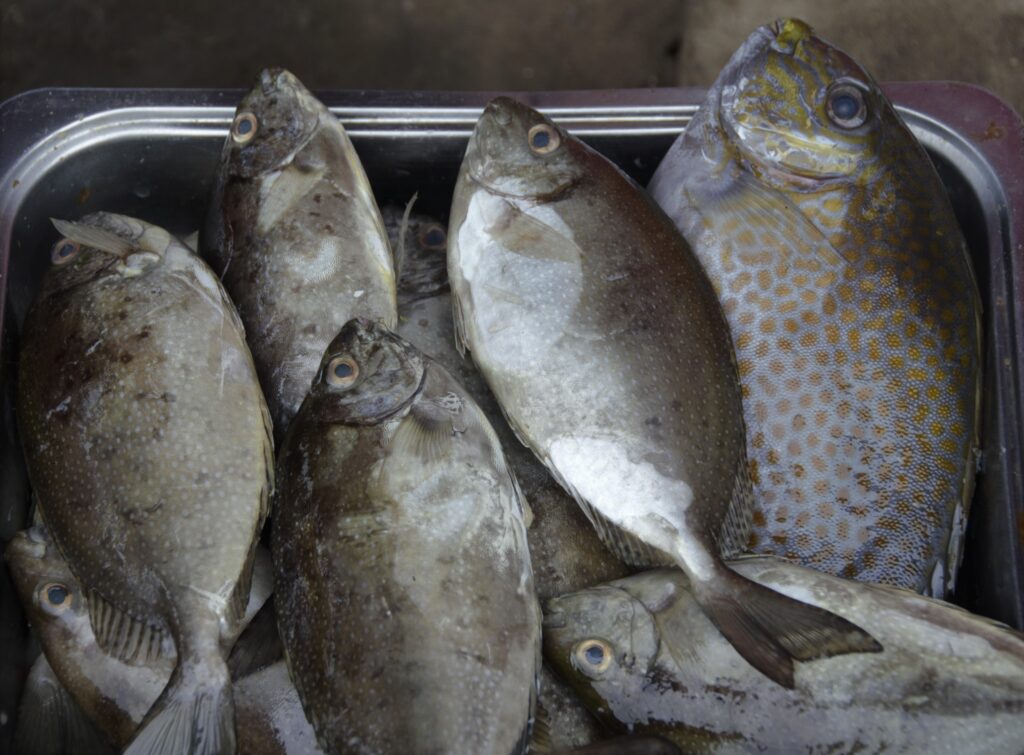Text and Photos by Henrylito D. Tacio
Contrary to what most skeptics claim, the rate of sea-level rise has increased considerably and will continue to increase in the coming years. The evidence has been summarized by the Nobel-Prize winning Intergovernmental Panel on Climate Change (IPCC).
The Philippines, with more than 7,100 islands, and home to one of the longest coastlines in the world, will not be spared from the adverse impacts of sea-level rise brought about by global warming, respected scientists contend.
Most people think of global warming and climate change as the same thing, but scientists prefer to use “climate change” when describing the complex shifts now affecting the planet’s weather and climate systems.
Sea-level rise is one of the consequences of climate change. “As the planet gets warmer, glaciers melt, causing sea level to rise,” explains the Coral Reef Alliance (CORAL).
According to a recent study, whose findings were published in Nature, the world’s oceans are now rising far faster than they did in the past. The current sea-level rise rate – which started in 1990 – is 2.5 times faster than it was from 1900 to 1990.
The study found that for much of the 20th century, the sea-level rise was about 30% less than earlier research had figured. “But that’s not good news because about 25 years ago the seas started rising faster and the acceleration in 1990 turns out to be more dramatic than previously calculated,” wrote Seth Borenstein in a dispatch for Associated Press.
“We’re seeing a significant acceleration in the past few decades,” study lead author Carling Hay, a geophysical researcher at Harvard University, was quoted as saying.

According to the AP report, previous research showed that between 1900 and 1990, the seas rose about two-thirds of an inch a decade. The new study recalculates the 1900-1990 rate to less than half an inch a decade. Old and new research both say that since the 1990s, seas are rising at about 30 millimeters a decade.
Meanwhile, the IPCC projects the global sea levels will rise by around 26 to 29 centimeters by 2030 and by around 47 to 62 meters by 2080.
According to the country’s weather bureau – the Philippine Atmospheric, Geophysical and Astronomical Services Administration (PAGASA) – an increasing trend in the sea level in the country was observed way back in 1965.
In research conducted by the Philippine Country Study to Address Climate Change, Manila Bay was already subjected to several hazards, including flooding and storms. “Shoreline changes due to reclamation for housing, ports, coastal roads, buildings and other urbanized development are high, adding to an increased threat of inundation,” the study said.
With climate change, sea-level rise has been accelerated. “The implications are troubling – accelerated ocean warming, ice sheet collapse and sea level rise – all point to more and more sea level rise in the future, perhaps at a faster rate than previously thought,” noted Jonathan Overpeck, co-director of the Institute of the Environment at the University of Arizona. “This will make adaptation to climate change more difficult and costly.”
The fisheries sector is anticipated to be one of the most affected by climate change. “It shall be greatly felt in coastal areas through rise in sea level,” wrote Bureau of Agricultural Research’s Catalino R. Dela Cruz. “Sea level rise shall inundate low-lying wet and dry land areas, erode shorelines, exacerbate storm flooding; increase salinity of estuaries and threaten freshwater aquifers. Also, accretion in shorelines may occur due to drowning and inundation of coasts.”
Sea-level rise could also overwhelm coral reefs, touted to the rainforests of the sea. “Many coral reefs will be unable to keep growing fast enough to keep up with the rising sea levels,” said an international team led by scientists from the University of Exeter.
Most of the reefs are found in the tropics of Cancer and Capricorn – in the Caribbean, Indian Ocean, Red Sea, Persian Gulf, and South Pacific. They also thrive where warm currents are found off Florida, Bermuda, southern Japan, and Australia. The richest reefs, however, are located in the region bounded by Indonesia, Malaysia, and the Philippines.

Fishing in the open seas 
Less fish
The Philippines holds one of the most extensive coral reefs in the world, with a sprawling area of 27,000 square kilometers. These contain a quarter of all the coral species known in the world, which is more than what is found in the famous Great Barrier Reef of Australia.
“A quarter of all marine life depends on coral reefs, and over 500 million people around the world rely on coral reefs for food security, economic well-being and cultural identity,” points out Dr. Madhavi Colton, CORAL’s program director. “Coral reefs are also critical for protecting coastal communities from wave action, erosion, and tropical storms.”
But the importance of coral reefs on food security could not be discounted. Studies show a single reef can support as many as 3,000 species of marine life. As fishing grounds, they are thought to be 10 to 100 times as productive per unit area as the open sea.
In the Philippines, an estimated 10%-15% of the total fisheries come from coral reefs. About 80%-90% of the income of small island communities comes from fisheries, according to Dr. Angel C. Alcala, the former environment secretary.
In terms of productivity, good coral reef areas can produce as much as 30 tons of fishery products per square kilometer in a year, Dr. Alcala reports.
Sea-level rise and destruction of coral reefs will definitely affect the fishing industry. “Fishery resources will decrease while important fish species may move to other areas making it less available to fishers,” Dela Cruz explained.
This is bad news for Filipinos as fish is their second staple food – after rice. “Seventy percent of the protein requirements of the Filipinos for nutrients, minerals, and essential fatty acids are derived from fish, and over 1.6 million Filipinos depend on the fishing industry for their livelihood,” wrote Mudjekeewis D. Santos, Jonathan O. Dickson, and Pierre Easter L. Velasco, authors of the paper, “Mitigating the Impacts of Climate Change: Philippine Fisheries in Focus.”
The situation will further make more Filipinos go hungry. “Food is literally the most important thing in the world,” observed Arturo R. Tanco, Jr., a well-known Filipino who was the president of the World Food Council of the United Nations. “It is not even next to live because it is life itself.
“Deprived of the right to food, man knows no other,” he added. “For the hungry, there is no dignity, no human rights, no rule of law, no liberty, no celebration of the spirit.”
Filipinos may not be aware of what’s happening. Jeannyline T. Arriaga, from Bansalan, Davao del Sur, is a doting mother. She usually wakes up early in the morning to prepare breakfast for her two children, who are going to school. Generally, she cooks rice and fish.
Lately, however, she observes that the fish she usually buys at the public market has become scarcer. In fact, there are days when she could not find any that she buys another kind of fish. Her children complain because they don’t like the new kind of fish she serves to them.
Jeannyline also notices that if the fish she likes is available, they are becoming smaller. “They are not only getting scarcer but they are becoming expensive, too,” she points out.
Soon, there may be no more fish on the table.

